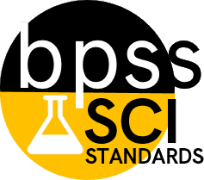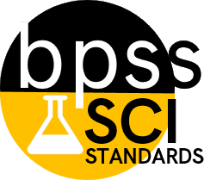SCI-04.ESS1
 DCI Earth Space Science ESS1
DCI Earth Space Science ESS1
Earth's Place in the Universe
Performance Expectations
The performance expectations in fourth grade help students formulate answers to questions such as:
- What are waves and what are some things they can do?
- How can water, ice, wind and vegetation change the land?
- What patterns of Earth’s features can be determined with the use of maps?
- How do internal and external structures support the survival, growth, behavior, and reproduction of plants and animals?
- What is energy and how is it related to motion?
- How is energy transferred?
- How can energy be used to solve a problem?
Students are able to use a model of waves to describe patterns of waves in terms of amplitude and wavelength, and that waves can cause objects to move. Students are expected to develop understanding of the effects of weathering or the rate of erosion by water, ice, wind, or vegetation. They apply their knowledge of natural Earth processes to generate and compare multiple solutions to reduce the impacts of such processes on humans. In order to describe patterns of Earth’s features, students analyze and interpret data from maps. Fourth graders are expected to develop an understanding that plants and animals have internal and external structures that function to support survival, growth, behavior, and reproduction. By developing a model, they describe that an object can be seen when light reflected from its surface enters the eye. Students are able to use evidence to construct an explanation of the relationship between the speed of an object and the energy of that object. Students are expected to develop an understanding that energy can be transferred from place to place by sound, light, heat, and electric currents or from object to object through collisions. They apply their understanding of energy to design, test, and refine a device that converts energy from one form to another.
Calculation Method for DCI
Disciplinary Core Ideas are larger groups of related Performance Expectations. So the Disciplinary Core Idea Grade is a calculation of all the related Performance Expectations. So click on the Performance Expectation name below each Disciplinary Core Idea to access the learning targets and proficiency scales for each Disciplinary Core Idea's related Performance Expectations. | 

 DCI Earth Space Science ESS1
DCI Earth Space Science ESS1